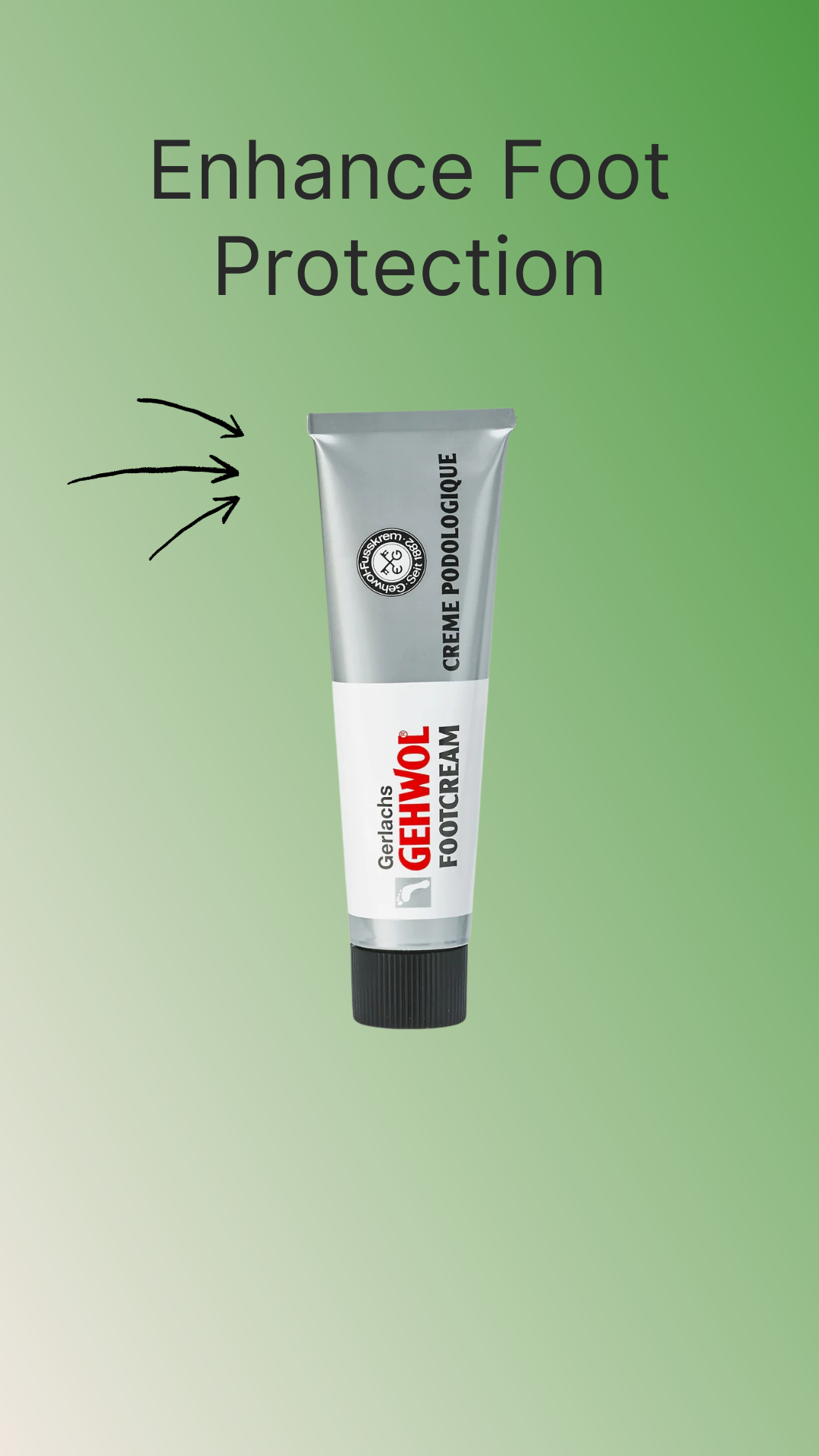Introduction: In the world of footwear, comfort and style often seem to exist on opposite ends of the spectrum. However, for those with wide feet or specific orthopedic needs, finding shoes that offer both can be a challenging task. Fortunately, the market for wide orthopedic shoes has expanded significantly in recent years, offering a plethora of options that cater to various foot shapes and conditions. In this comprehensive guide, we'll explore the benefits of wide orthopedic shoes, how to choose the right pair, and some top recommendations to keep your feet happy and healthy.
Understanding Wide Orthopedic Shoes: Wide orthopedic shoes are designed with extra room in the toe box and midfoot area to accommodate wider feet comfortably. Unlike conventional shoes, which often have narrow profiles that can cause discomfort and restrict movement, orthopedic shoes prioritize functionality and support without sacrificing style. They are particularly beneficial for individuals with conditions such as bunions, hammertoes, plantar fasciitis, or diabetes, as they provide ample space and cushioning to alleviate pressure points and reduce the risk of foot-related complications.
Benefits of Wide Orthopedic Shoes:
- Enhanced Comfort: The primary advantage of wide orthopedic shoes is their superior comfort. With generous width and depth, these shoes allow ample room for toes to spread naturally, reducing the likelihood of blisters, corns, and calluses.
- Proper Support: Orthopedic shoes are engineered to provide excellent arch support and stability, promoting proper alignment and minimizing strain on the feet, ankles, and knees. This feature is particularly beneficial for individuals with flat feet or high arches.
- Injury Prevention: By distributing weight evenly and cushioning impact, wide orthopedic shoes help prevent common foot injuries such as plantar fasciitis, Achilles tendonitis, and stress fractures. They also offer excellent shock absorption, making them ideal for individuals with arthritis or joint pain.
- Diabetic Foot Care: People with diabetes are prone to foot complications due to poor circulation and nerve damage. Wide orthopedic shoes with seamless interiors and soft, non-binding materials can help reduce the risk of ulcers, infections, and other diabetic foot problems.
Choosing the Right Pair: When shopping for wide orthopedic shoes, consider the following factors to ensure a proper fit and maximum comfort:
- Foot Measurement: Have your feet professionally measured to determine their width, length, and arch type. Many specialty shoe stores offer fitting services to help you find the perfect size.
- Fit and Comfort: Look for shoes with ample toe room and a secure heel fit. Test the shoes by walking around the store to ensure they provide adequate support and cushioning.
- Support Features: Check for features such as contoured footbeds, cushioned insoles, and sturdy outsoles that provide stability and shock absorption.
- Material Quality: Opt for shoes made from breathable, moisture-wicking materials such as leather or mesh to keep your feet cool and dry. Avoid shoes with stiff or rigid uppers that can cause friction and irritation.


